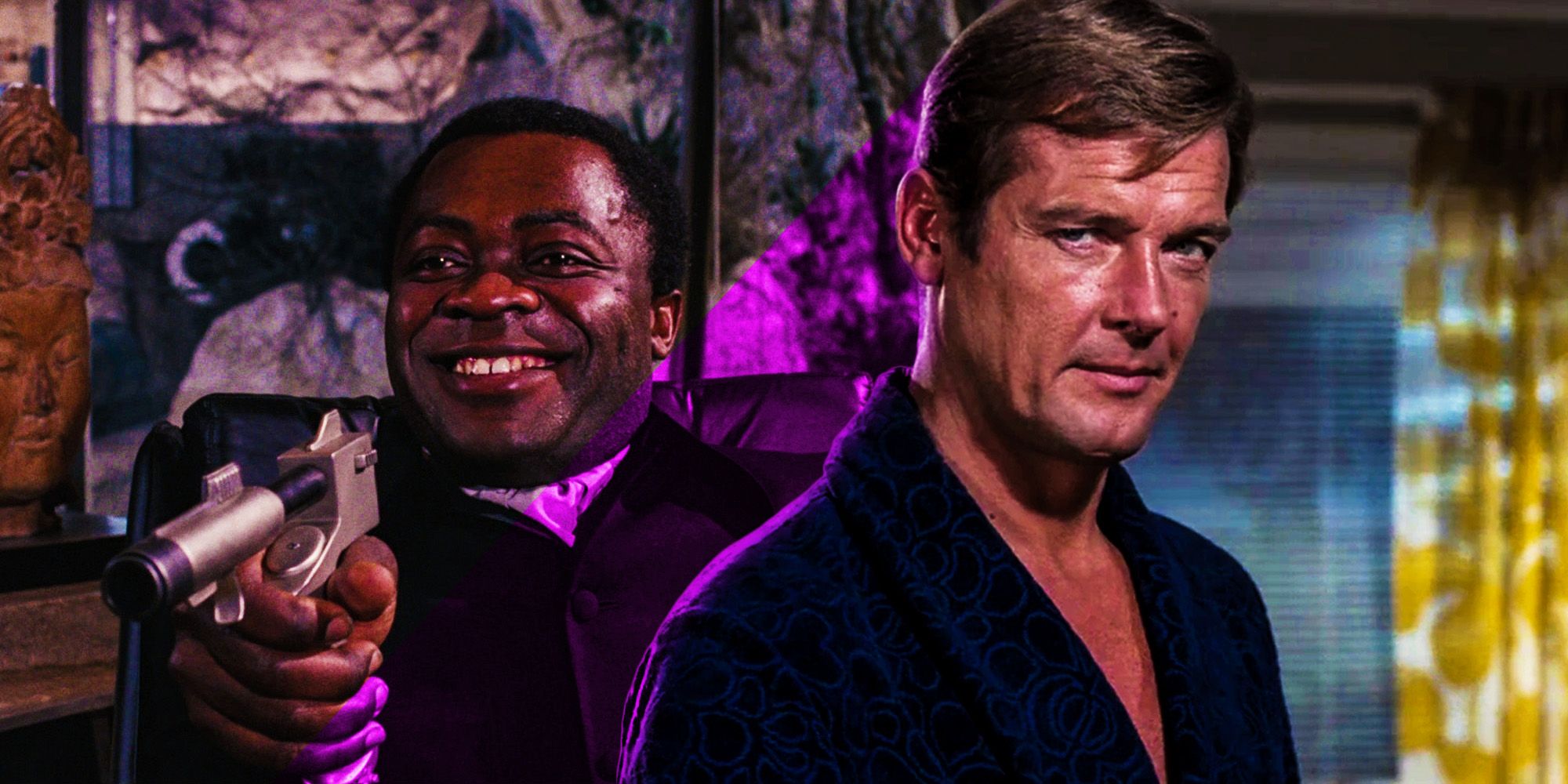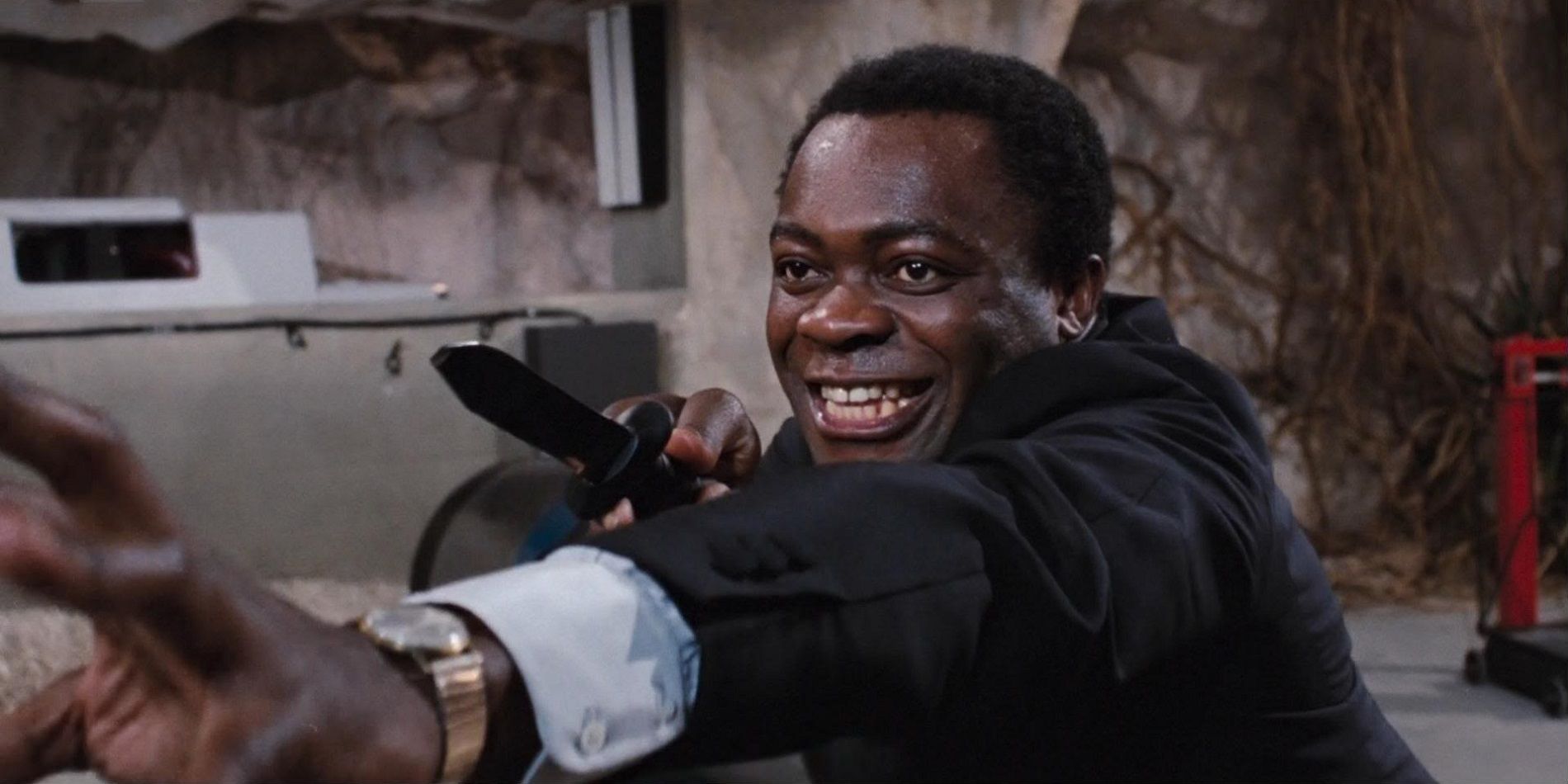Yaphet Kotto may have played the first black James Bond villain, but the actor hated the role of Live and Let Die’s Kananga - and for good reason. Released in 1973, Live and Let Die was the first James Bond movie to star Roger Moore in the lead role - although interestingly, it wasn’t the actor’s first appearance as 007. To say the movie was a departure for the Bond series is putting things mildly, since Live and Let Die's tonal transformation introduced some over-the-top zaniness to the films.
Influenced by everything from goofy action-comedy chase movies to the then-popular blaxploitation genre, Live and Let Die attempted to fuse voodoo, a campier take on 007, and a story of drug-dealing dictators to mixed effect. The movie’s defenders note that its humor set the tone for Moore’s Bond tenure, but Live and Let Die also featured some regrettable stereotypes and ill-considered gags.
Alongside recasting Bond’s love interest as a white woman, the creators of Live and Let Die made another misstep when they wrote Yaphet Kotto’s villain Kananga as an over-the-top stereotype, something the actor struggled with during filming. The actor disliked screenwriter Tom Mankiewicz’s Kananga and said in an interview years later he worked hard to make the character believable despite the stereotypes relied on by his creators. However, Kotto was dismayed when this hard work was largely undone by a silly, cartoony death for the Live and Let Die villain.
The actor, who recently passed away, claimed of the original Live and Let Die script’s version of the sneering Kananga that “I had to dig deep in my soul and brain and come up with a level of reality that would offset the sea of stereotype crap that Tom Mankiewicz wrote that had nothing to do with the Black experience or culture.” Indeed, Mankiewicz’s own claim he was inspired to create a black Bond villain because of the Black Panthers didn’t bode well for Kananga, given that the real-life political party were a force for social progress and an end to inequality, whereas Live and Let Die depicts its villain as an amoral drug lord.
However, the late Live and Let Die actor’s ultimate dismay with the part of Kananga had less to do with the role’s representation and more to do with his exit. Kotto was dismayed to note that “the way Kananga dies was a joke,” referring to the explosive Live and Let Die death scene that the film’s critics and defenders alike have since conceded was goofy and over-the-top even for Moore’s Bond. It’s unfortunate for a series that has long been accused of lagging in terms of diverse representation to feature a cliched, offensively stereotyped character as its first major black villain, and Yaphet Kotto’s critiques of the role ring even more true years later when Live and Let Die’s questionable creative choices are revisited.


